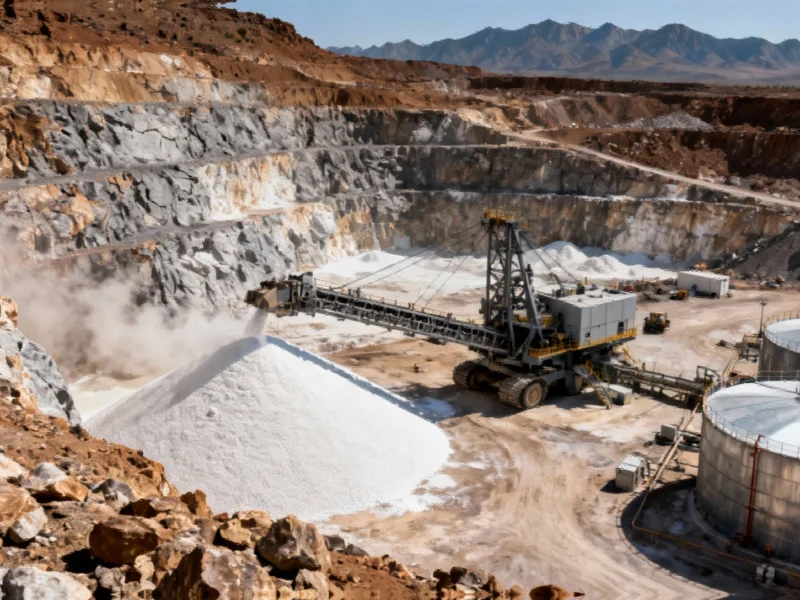According to The Economist, Christiana Figueres, former UN climate chief and architect of the Paris Agreement, argues that the global south has become the epicenter of climate action despite political stagnation in traditional power centers. Key data reveals emissions growth slowing from 2% annually in 2015 to just 0.3% today, with warming projections improving from 4°C to 2.6°C. The global south holds 70% of world’s wind and solar potential and 50% of transition minerals, with China’s solar exports to these regions doubling since 2022 and surpassing northern sales for the first time since 2018. Specific examples include Nigeria achieving six-month solar payback periods, Pakistan targeting 20% solar electricity by 2026, and Iran committing $2.3 billion to solar expansion as a “strategic necessity.” This shift represents a fundamental reorientation of clean energy leadership that demands deeper analysis.
The Great Economic Realignment
The most profound business story here isn’t about climate policy—it’s about the largest capital reallocation in modern economic history. What Figueres identifies as a “new industrial sunbelt” represents the emergence of entirely new manufacturing and energy ecosystems outside traditional Western hubs. The International Energy Agency has been tracking this shift for years, but the velocity now exceeds even optimistic projections. When countries like Oman can double renewable electricity share in five months while positioning as a green steel hub, we’re witnessing the birth of vertically integrated clean industrial complexes that bypass traditional energy supply chains entirely.
The $2 Trillion Investment Imperative
Figueres’ call for tripling clean energy investment to $2 trillion annually in emerging economies by 2030 represents both a staggering challenge and unprecedented opportunity. The current allocation—less than 3% of global clean energy investment going to Africa despite holding 60% of the world’s best solar resources—creates one of the largest arbitrage opportunities in modern finance. Smart capital is already positioning for this gap, with private equity and infrastructure funds establishing dedicated emerging market clean energy vehicles. The business case extends beyond simple returns: companies that establish early footholds in these markets will control future supply chains for green hydrogen, sustainable aviation fuels, and critical mineral processing.
China’s Calculated Dominance Play
China’s solar export strategy reveals a sophisticated understanding of this geographic shift. By doubling exports to the global south while traditional markets stagnate, Chinese manufacturers aren’t just selling panels—they’re establishing technological standards and creating dependency relationships that will last decades. This mirrors historical patterns where infrastructure exporters captured long-term service and maintenance revenues. The 60% surge in shipments to Africa represents market creation, not just market serving. Western competitors face being permanently locked out of the world’s fastest-growing energy markets unless they match both price points and financing terms.
The Structural Retreat of Fossil Fuels
Figueres’ observation that 90% of upstream oil capital now maintains current production rather than expanding supply signals a fundamental sectoral shift. This isn’t cyclical underinvestment—it’s recognition that new fossil projects can’t compete with renewables on cost curves. The energy security calculus has flipped: where nations once competed for supply access, they now compete for manufacturing capacity and technology control. Countries that built economies around fossil exports face existential threats unless they can pivot to green hydrogen, carbon management, or transition mineral processing.
Strategic Implications for Global Business
For multinational corporations, this geographic shift demands complete supply chain reevaluation. The old model of centralized manufacturing with global distribution becomes untenable when energy costs diverge so dramatically. Companies that locate energy-intensive operations in solar-rich emerging markets gain permanent cost advantages. We’re already seeing this in data centers, semiconductor manufacturing, and electric vehicle production. The emerging “electrotech revolution” creates winner-take-most dynamics where early movers in optimal locations build insurmountable scale advantages. The global south isn’t just adopting clean energy—it’s becoming the factory floor for the post-carbon global economy.




